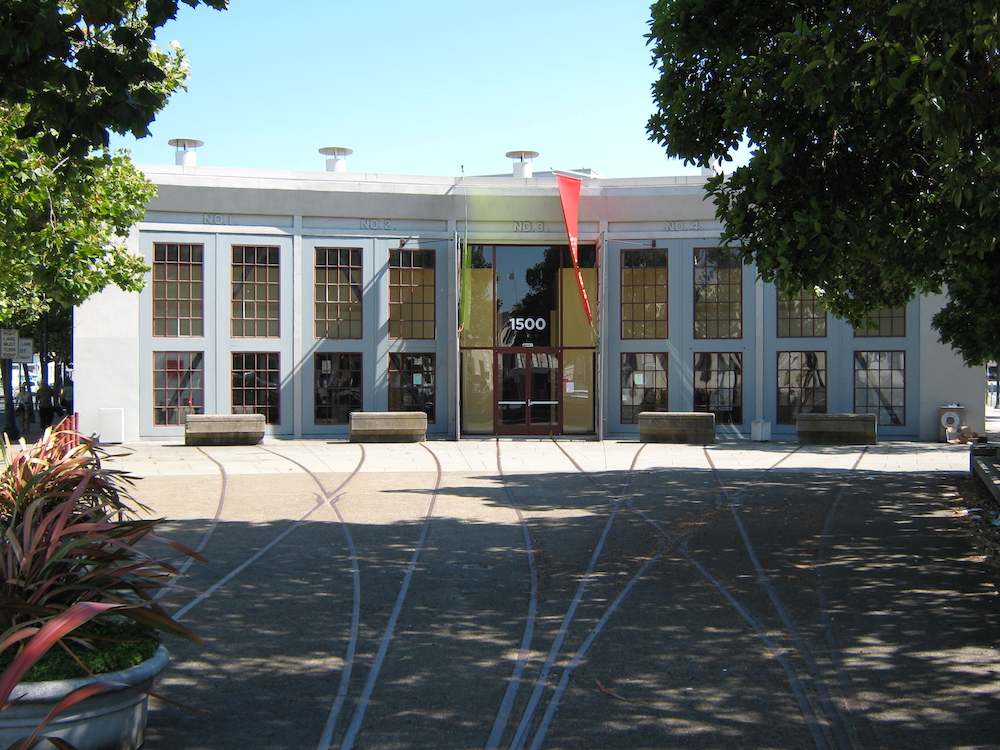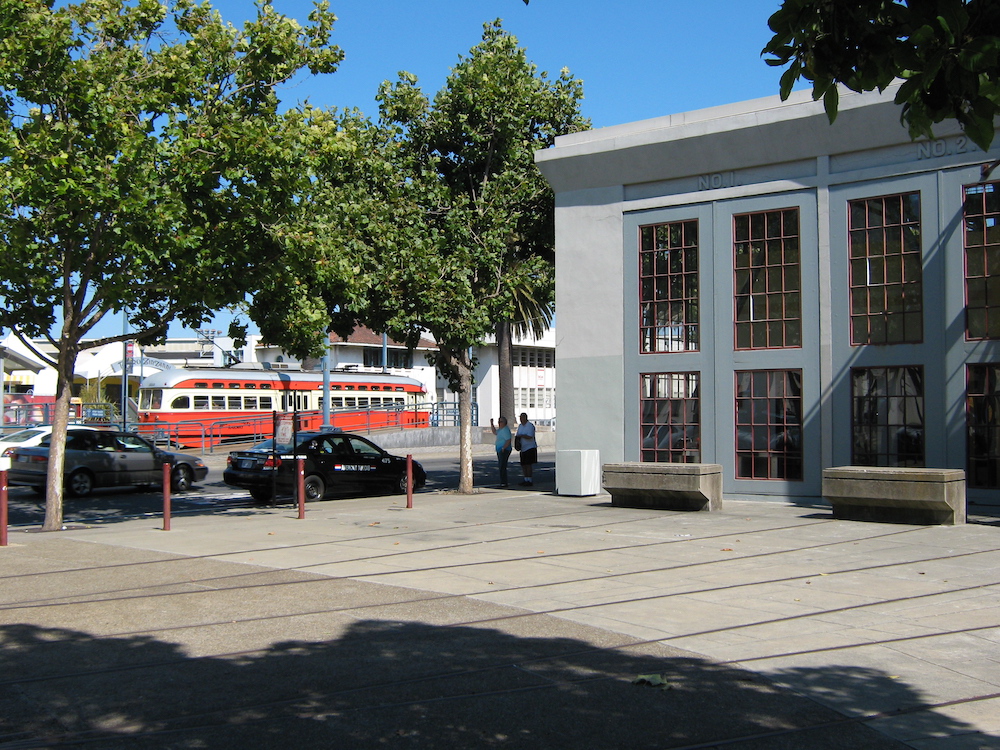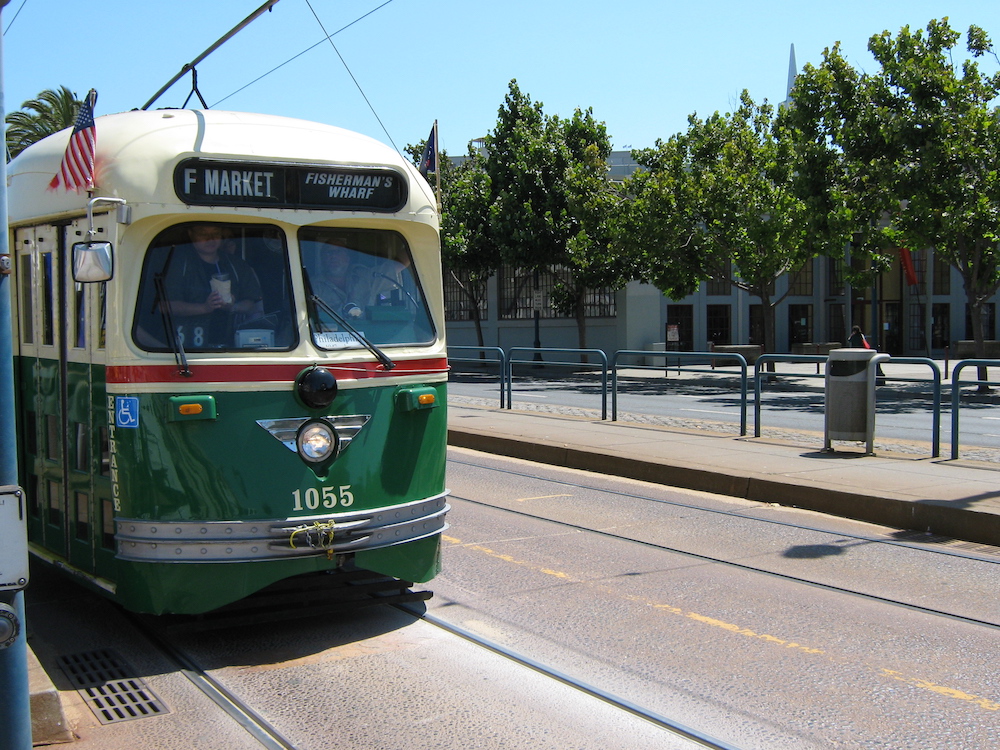Saving the San Francisco Belt Railroad

San Francisco Belt Railroad
The San Francisco Belt Railroad’s five-stall roundhouse in its namesake city has been preserved. David Lustig
For those of us lucky enough to chase trains on the San Francisco peninsula when it was served by many railroads, life was good.
Besides being able to see Southern Pacific, Santa Fe, and Western Pacific, there was the San Francisco Belt Railroad, a local switching operation that vigorously served the many waterfront docks alongside the eastern side of the city and as far west as the Presidio in the west. Nobody had heard of Union Pacific.
Today it is UP all the way except for a few truncated miles of right-of-way subsequently renamed the San Francisco Bay Railroad. The Belt railroad is history, too.
But thanks to a little creative architectural planning, traces of the city’s own were saved for future use, exemplified by the Belt’s five-stall concrete roundhouse at the intersection of Sansome and Lombard on the Embarcadero across from Pier 29. Converted to private offices, the building, erected in the 1910s, and the adjacent sandhouse, have even been listed on the National Register of Historic Places.
Most of the line in downtown San Franciso was paved over after the railroad quit the area in the 1990s and today light rail, in the form of San Francisco’s Municipal Railway runs on the former right of way.
 Now an office building, the preserved roundhouse is located at the intersection of Sansome and Lombard on San Francisco’s Embarcadero, across from Pier 29. David Lustig
Now an office building, the preserved roundhouse is located at the intersection of Sansome and Lombard on San Francisco’s Embarcadero, across from Pier 29. David Lustig
Today
While the sights and sounds of freight railroading no longer are an integral part of the area, if you look carefully at what was the roundhouse, details of its heritage have been carefully woven into the repurposed building.
The stall doors have been replaced with non-moving facsimiles, with the center door now the entrance. While rails have been embedded into what is now a courtyard just outside the entrance, the switches, and switch points are absent, and there is no room for the flanged wheels that will never tread them again. Even the appearance of smokestacks has been preserved.
The purists among us may be aghast, but for the rest of us, to still be able to see an image of a railroading past is most welcome.
 Most of the Belt Line in downtown San Franciso was paved over after the railroad quit the area in the 1990s and today light rail, in the form of San Francisco’s Municipal Railway runs on the former right of way. David Lustig
Most of the Belt Line in downtown San Franciso was paved over after the railroad quit the area in the 1990s and today light rail, in the form of San Francisco’s Municipal Railway runs on the former right of way. David Lustig




